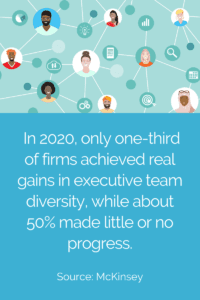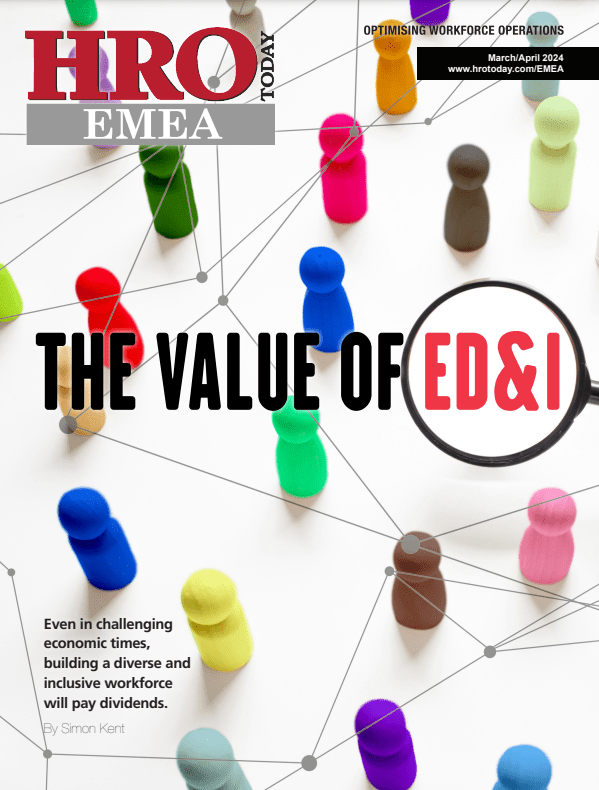Data has the power to help organizations achieve their diversity goals.
By Marta Chmielowicz
Diversity and inclusion (D&I) has been a hot-button issue in the workplace for years, but while the conversation around D&I has gained ground, many organizations are struggling to create meaningful change.

As organizations continue to take a critical look at their practices and reimagine their hiring processes, a data-driven approach is key. The old adage that “what gets measured gets done” applies to D&I; analyzing diversity data allows HR leaders to identify problems, monitor progress, and better strategize solutions.
According to Brian Knapp, senior vice president of analytics and infrastructure at Sevenstep, data can be a powerful tool that provides insight into the current state of the workforce and highlights gaps in the D&I strategy. With the help of data and analytics, organizations can reveal unconscious bias and process flaws that are costing them diverse candidates.
“Data allows organizations to determine if they are hitting a mark or falling short against their diversity goals while seeing what is broken in the process,” he explains. “Maybe there is unconscious bias in the system that hiring managers do not realize they are bringing to the interview, and it is adversely affecting the hiring of diverse candidates. In looking at the data, this bias can become evident and organizations can see the specific locations or groups where it occurs.”
To get a better understanding of the diversity of their talent pool and the inclusion of their hiring processes, HR leaders need to evaluate the demographic data of their candidates at every step of the way. Beyond measuring the standard race, age, and gender identity, Knapp recommends that organizations collect data on ethnicity, religion, and other markers of a candidate’s community and culture.
He also warns that HR leaders should not wait until time of hire to ask applicants for their demographic info. To get a true read on D&I performance, collecting data at the onset of an interaction with a potential candidate is essential.
“Many companies only collect diversity data at the time of hire to understand if they have a diverse employment group, but they are not collecting data early in the process to understand if they are losing out on talent because of bias in the system,” he says. “Collect data at the earliest possible point in the process and then collect it at milestone points–upon application, upon screening, upon interview, and ultimately upon hire. Then, you can understand how diverse candidates are making it through the system.”
If companies analyze the data and find variances between the percentage of diverse candidates who applied for an open position versus the percentage of those who were selected for an interview and ultimately hired, it could reveal gaps in their hiring strategy. Such data can also help HR leaders understand what they can do to get more diverse candidates in the door, whether it is adjusting job descriptions and job postings, implementing a university recruitment program, or introducing internships and mentorship opportunities.
Technology can help with this process, providing a real-time look into current demographics and future diversity planning. “With the AI technology we have now, you are able to gain access to real-time information that shows you where your candidates are in the process and what the diversity pool looks like, which can help you anticipate the effect of your D&I strategies on your employment or contractor mix,” explains Knapp. “It gives you information to be able to adjust your strategy in real time if you realize that your process is falling short of your goals, allowing you to affect your diversity goals more quickly than you would have previously.”
Organizations that implement a data-driven approach to D&I will set themselves up for a more agile, effective talent strategy that delivers real results.














